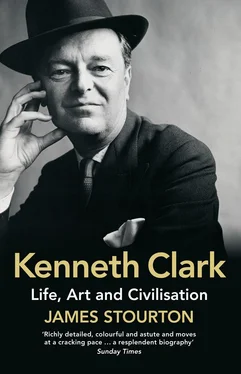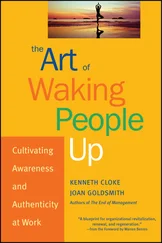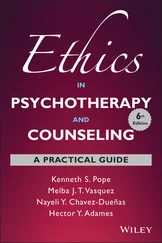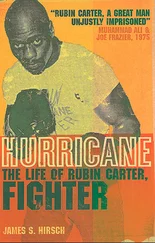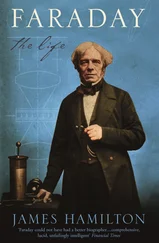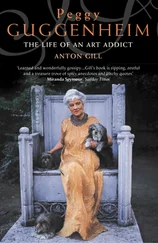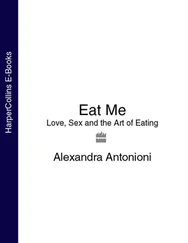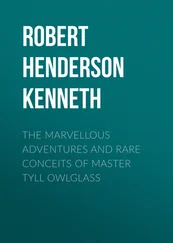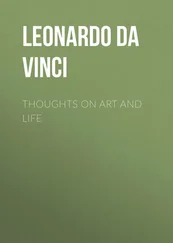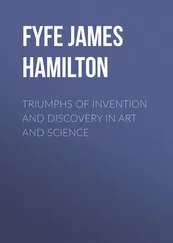Perhaps a greater enemy than loneliness to a solitary child might have been boredom. But Clark was at pains to dispel any such notion: ‘my days were all pleasure. Most children suffer from boredom, but I do not remember a dull moment at Sudbourne. I loved the Suffolk country, the heaths and sandpits, the great oaks in Sudbourne wood, the wide river at Iken.’27 Equally, he could write: ‘in family life the enemy of happiness is not oppression, but boredom, and against this the unfortunate parents are almost powerless’.28 All his life Clark was frightened of boredom – an important consideration in his attitude to other people. To most observers he displayed a very low boredom threshold; he was always allergic to bores, and was terrified of becoming one himself in his lectures or television programmes.
The large eighteenth-century Sudbourne Hall was opulent, and its estate well-tended, but down the road was romantic Iken on the Alde estuary, with its isolated thatched Saxon church of St Botolph. Clark would be taken there by horse and cart to go shrimping, and it was to remain a magical spot for him: ‘I found that the delicate music of the Suffolk coast, with its woods straggling into sandy commons, its lonely marshes and estuaries full of small boats, still had more charm for me than the great brass bands of natural scenery, the Alps or the Dolomites.’29 It was here, in a cove on the edge of the River Alde, that Clark was painted by Charles Sims, the first artist he befriended. He had already had his portrait painted by Sir John Lavery in the manner of Velázquez (which he described, using Maurice Bowra’s favourite term of praise, as ‘by no means bad’). Clark thought the Sims portrait lacked freshness, but the choice of setting on the Alde estuary is important. He would return there all his life, and at nearby Aldeburgh on the coast he would write his best books. When in later years he formed a close friendship with Benjamin Britten and Peter Pears, he became an early champion of the Aldeburgh Festival and helped establish its reputation.
In London the family had given up the house in Grosvenor Square where young Clark had been born, and rented a flat in Berkeley Square. ‘We never stayed in London for long,’ wrote Clark, ‘because my mother thought, and rightly, that my father would get into trouble; but I enjoyed these visits because it meant going to the theatre.’30 He was taken to see all the famous Edwardian actors: Squire Bancroft, Gerald du Maurier, and his favourite, Charles Hawtrey. His mother may have watched her husband like a hawk in London, but he was allowed to take young Kenneth to the music hall; Clark senior kept boxes at the Empire and the Alhambra theatres. As a result the young Clark stored a repertoire of music-hall songs in his head, which would emerge in later life to the surprise of his friends. *
In 1910 Lam took Clark to see the great exhibition of Japanese art at White City. It was one of the most formative moments of his childhood. There he saw life-sized dioramas representing various scenes and settings of Japan, but it was the screens that made the greatest impression, ‘with paintings of flowers of such ravishing beauty that I was not only struck dumb with delight, I felt that I had entered a new world’.31 He realised that something had happened to him. This aesthetic awakening marked the birth of his ‘freak aptitude’. The following Christmas his grandmother gave him a picture book of the Louvre, which was his first introduction to the Old Masters. The images fascinated him, and he found himself similarly enchanted. However, when he showed her his favourite plate, Titian’s Concert Champêtre (then attributed to Giorgione), her only comment was, ‘Oh dear, it’s very nude’ – which was probably the first time he encountered the word.
In fact, paintings surrounded the young Clark at Sudbourne. His father was a voracious buyer of pictures of the Highland cattle variety, although occasionally he bought something more interesting, such as Millais’ Murthley Moss , a Corot or a Barbizon School landscape. In general, however, he enjoyed the high polish and sentimentality of Jozef Israëls’ Pancake Day , Rosa Bonheur’s Highland Cattle and William Orchardson’s Story of a Life . This was what his son called ‘a coarse diet for a growing aesthete’, but he came to believe that those who had grown up with too much good taste were less capable in later life of a catholic response to works of art. ‘It is no accident,’ he wrote about Ruskin, ‘that the three or four Englishmen whose appreciation of art has been strong enough and perceptive enough to penetrate the normal callosity of their countrymen – Hazlitt, Ruskin, Roger Fry – have all come from philistine, puritanical homes. To be brought up in an atmosphere of good taste is to have the hunger for art satisfied at too early an age, and to think of it as a pleasant amenity rather than an urgent need.’32
Clark senior enjoyed the company of artists. No doubt they appealed to him as living outside the conventions of the day, and he befriended several, including Sims and Orchardson. He encouraged his son’s interest in them, and the boy’s ambitions did indeed change from acting to painting. His father even allowed him to rehang the smaller pictures at Sudbourne on a regular basis, developing a skill that would one day help to make the National Gallery in London one of the most carefully hung picture galleries in the world. And on young Clark’s twelfth birthday his father, presumably remembering his son’s rapturous tales of his visit with Lam to White City, gave Kenneth a scrapbook, put together around 1830 by a Japanese collector, containing drawings and prints from the circle of Hokusai; a wonderful treasure which he still owned at the end of his life, and one that fed young Clark’s growing passion.
Each summer the family would make the long train journey to Ross-shire for the fishing. They would spend a night at the North British Hotel in Edinburgh, where his father would invariably get very drunk and have to be fetched by his son from a sofa in the main lounge and helped upstairs muttering, ‘It’s a hard road for an old dog.’ Young Clark hated the holidays in the Scottish Highlands, and his heart sank at the thought of the threadbare comforts the house there offered. He described the country around Loch Ewe as ‘endless bogs, not an acre of cultivated land, persistent rain, followed by swarms of midges’.33
The British habit of sending their offspring away to boarding school at the age of seven or eight, which Clark abhorred (but repeated with his own children), was, he believed, ‘maintained solely in order that parents could get their children out of the house’.34 His parents’ choice of preparatory school was Wixenford, a fashionable school in Hampshire. Like most schools of its type, Wixenford was faintly ridiculous, and Clark probably made the place sound even more ridiculous than it actually was, with shades of Llanabba Castle, the school from Evelyn Waugh’s Decline and Fall . Wixenford was a feeder for Eton, and in Clark’s description expended more effort on entertaining parents than educating children. It was housed in mock-Tudor buildings and had a very pretty garden, ‘leading to an avenue of pleached limes, under which, it was alleged, school meals were served in the summer term’.35 Lord Curzon was an alumnus, and the pupils were the children of the upper classes and of American and South African millionaires.
By the standards of the time Wixenford was an easy-going and benign establishment, whose staff Clark characterised as a ‘pathetic group of misfits and boozy cynics’. The only master with whom he had any kind of rapport was the art master, G.L. Thompson – known as ‘Tompy’ – who introduced him to the drawing methods of the Paris art schools of the 1850s. Wixenford encouraged the boys to put on theatrical productions and write for the school magazines, and Clark did both. He staged a revue incorporating all his favourite music-hall songs. Harold Acton, the future leader of the Oxford aesthetes, was a contemporary at Wixenford. He edited a magazine, and it was probably for him that Clark produced his first literary effort, an article entitled ‘Milk and Biscuits’ (which referred to those breaks added to the school’s curriculum, so Clark argued, in order to please the parents). Acton in his memoirs remembered Clark as a mature prodigy, ‘walking with benign assurance in our midst, an embryo archbishop or Cabinet Minister’, and mischievously added, ‘Since those days he seems to have grown much younger.’36 Wixenford provided one revelation for Clark. The ‘school dance was the first time I had met girls and I was enchanted beyond words, not by anything tangible, but the aura of femininity. Incipit vita nova .’ *37 For good and ill, this enchantment would remain with him for the rest of his life. He enjoyed his days at Wixenford, and was described in his leaving report as ‘a jolly boy’ – a description that would be beaten out of him at Winchester.
Читать дальше
